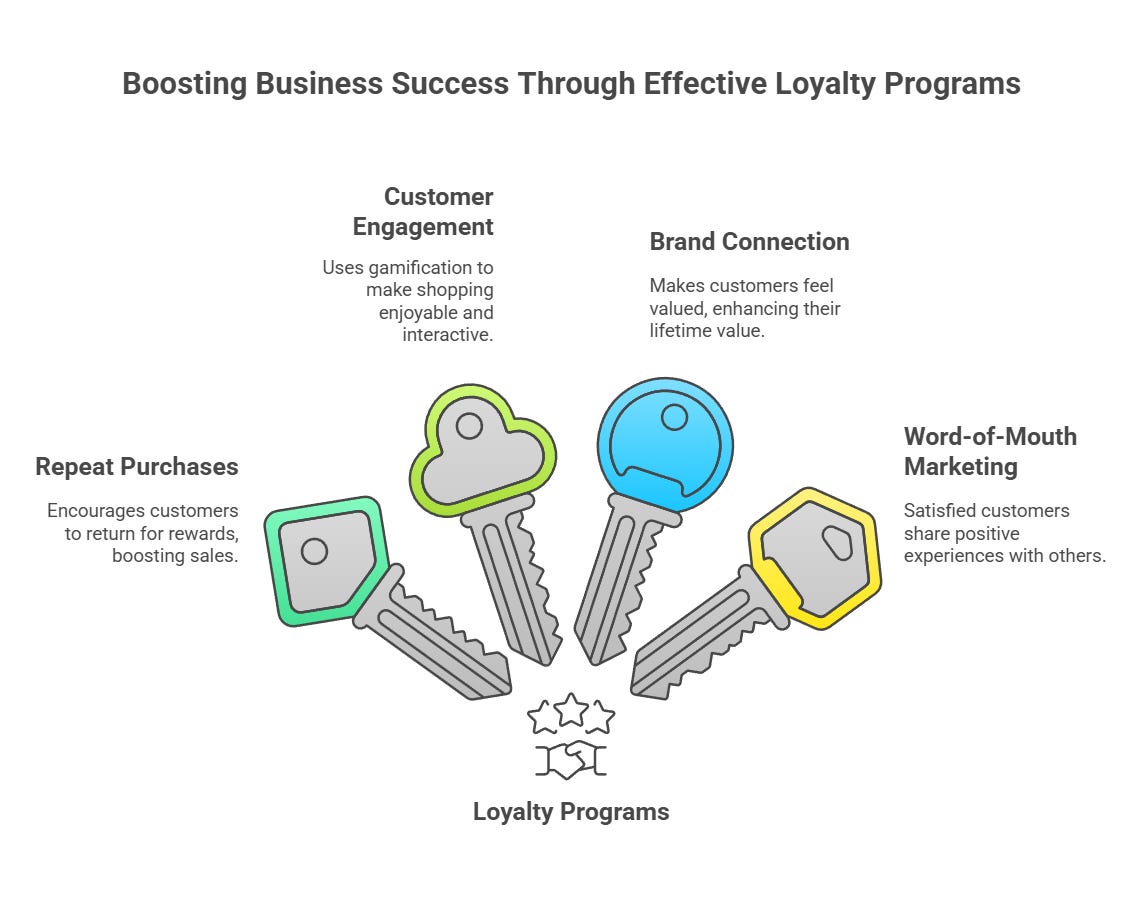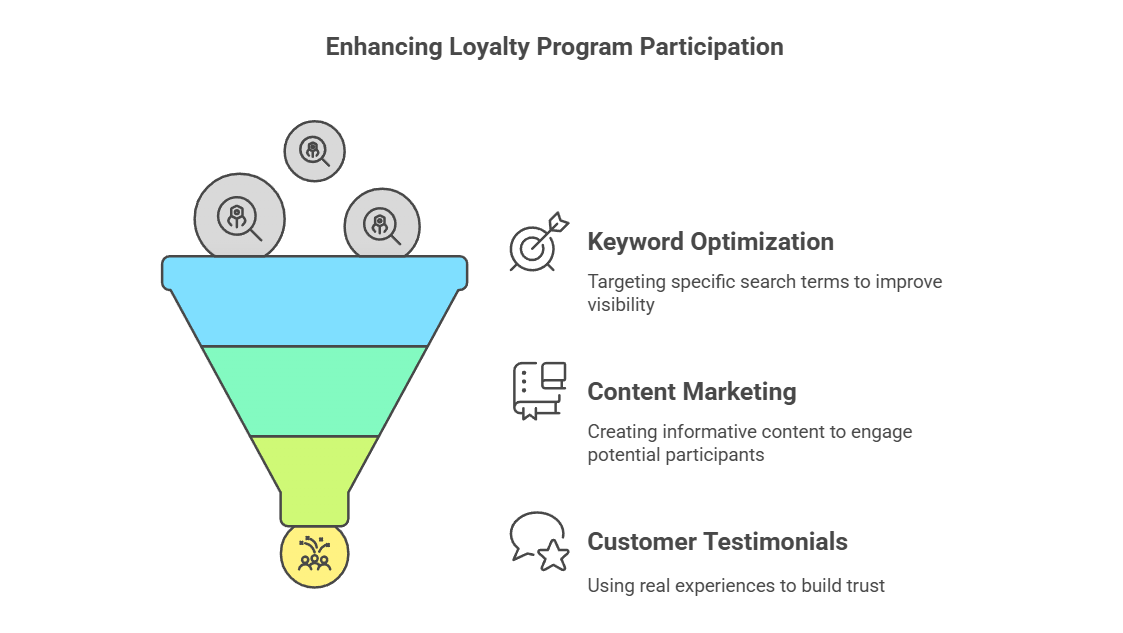Loyalty Programs vs. Discounts: Which Strategy is More Effective for Customer Retention?
In today’s highly competitive business environment, companies are always looking for ways to enhance customer retention. Two of the most commonly used methods are loyalty programs and discounts. While discounts offer instant savings to attract buyers, loyalty programs are designed to build long-term relationships by encouraging repeat business. But which approach yields better long-term results? Let’s explore both strategies.
Understanding Customer Loyalty Programs
A customer loyalty program is a structured approach that incentivizes repeat purchases through various rewards. Popular types include - Points-Based Programs, Tiered Loyalty Programs, Referral Programs, Cashback & Freebie Programs. These programs boost customer engagement, add value, and encourage brand loyalty.
The Attraction of Discounts
Discounts, such as price cuts, limited-time promotions, and seasonal sales, are a proven method to drive sales. They are particularly useful for:
Seasonal Promotions – Holiday sales, clearance events, and Black Friday deals.
New Customer Acquisition – Encouraging first-time buyers with introductory offers.
Inventory Clearance – Quickly moving slow-selling products.
While discounts effectively generate immediate sales, they do not always cultivate long-term customer relationships. Many buyers drawn by discounts may switch brands when they find a better deal elsewhere.
Loyalty Rewards vs. Discounts: Key Differences
The key distinction between loyalty rewards and discounts is their influence on customer retention. Loyalty Rewards help establish long-term relationships, reinforcing brand loyalty and encouraging repeat business. Discounts focus on short-term revenue generation but may not ensure ongoing customer engagement. Loyalty Programs improve the shopping experience, whereas frequent discounts can reduce profit margins.
Why Loyalty Programs Are Better for Retention
Research suggests that businesses with well-structured loyalty programs enjoy higher customer retention rates. These programs:
Drive Repeat Purchases – Customers return to earn and redeem rewards.
Boost Customer Engagement – Gamification makes shopping more interactive.
Strengthen Brand Relationships – Customers feel valued, increasing customer lifetime value (CLV).
Encourage Referrals – Happy customers share positive experiences, attracting new buyers.
When Discounts Are Still Useful
Despite their downsides, discounts remain a valuable tool in specific situations like clearing old stock, acquiring new customers, providing an entry point for customers who may later join a loyalty program, and running limited-time offers. However, overusing discounts can diminish brand value, making it crucial to apply them strategically.
How to Build a Successful Loyalty Program
To create an effective loyalty program, businesses should:
Understand Customer Preferences – Offer rewards that truly appeal to the target audience.
Structure Rewards Properly – Balance achievable and aspirational incentives.
Implement Points & Tiers – Motivate higher spending with tiered rewards.
Provide Exclusive Benefits – VIP perks enhance customer value perception.
Use Technology – Employ loyalty program software for seamless tracking and engagement.
A well-designed program strengthens customer retention and increases brand affinity.
Brands Excelling in Loyalty Programs
Many companies have implemented highly effective loyalty programs, including:
Starbucks Rewards – A points-based program offering personalized rewards and free drinks.
Amazon Prime – A paid membership that provides fast shipping, exclusive deals, and streaming services.
Sephora Beauty Insider – A tiered loyalty program with increasing rewards for frequent shoppers.
These programs create exclusivity and encourage long-term customer engagement.
Measuring Loyalty Program Success
To determine the impact of a loyalty program, businesses should track:
Customer Retention Rate – The percentage of customers who continue engaging with the brand.
Customer Engagement Levels – How often members participate in the program.
Customer Lifetime Value (CLV) – The long-term revenue potential of a customer.
Return on Investment (ROI) – Whether the program delivers sustainable profitability.
Net Promoter Score (NPS) – A measure of how likely customers are to recommend the brand.
Consistently evaluating these metrics ensures program effectiveness and continuous improvement.
SEO Strategies for Loyalty Programs
Implementing SEO strategies can help businesses increase awareness and attract more participants to their loyalty programs. Key tactics include:
Keyword Optimization – Targeting terms like "rewards points," "exclusive perks," and "customer loyalty benefits."
Content Marketing – Publishing blogs, case studies, and FAQs to educate customers.
Customer Testimonials – Highlighting real user experiences to build trust and credibility.
Optimized content boosts online visibility and enhances customer retention.
Conclusion: The Best Strategy for Long-Term Growth
While discounts are effective for short-term sales, loyalty programs provide a sustainable approach to business growth. By prioritizing customer retention, increasing brand loyalty, and fostering customer engagement, businesses can build meaningful, long-lasting relationships with their audience. Investing in a well-designed loyalty program ensures ongoing success and brand loyalty.
Connect with us for more insights👇🏻







